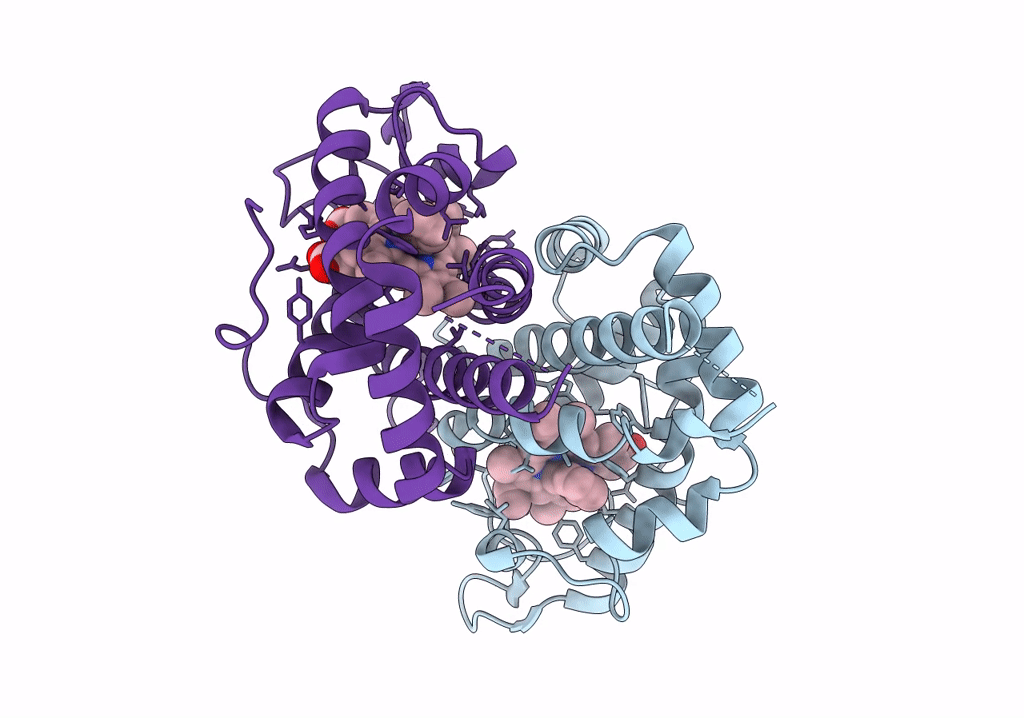
Deposition Date
2022-10-19
Release Date
2023-04-05
Last Version Date
2024-05-22
Entry Detail
PDB ID:
8EUN
Keywords:
Title:
MicroED structure of an Aeropyrum pernix protoglobin metallo-carbene complex
Biological Source:
Source Organism:
Aeropyrum pernix (Taxon ID: 56636)
Host Organism:
Method Details:
Experimental Method:
Resolution:
2.50 Å
R-Value Free:
0.28
R-Value Work:
0.23
R-Value Observed:
0.23
Space Group:
P 1 21 1


